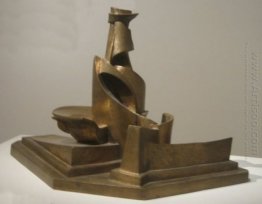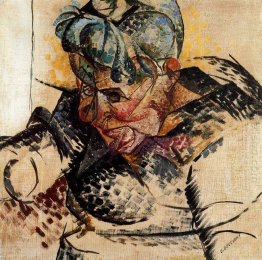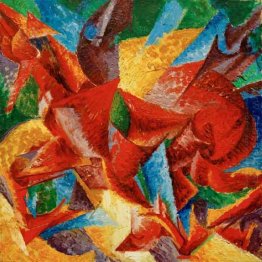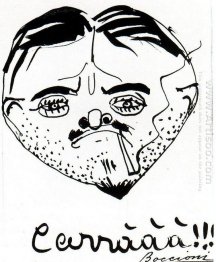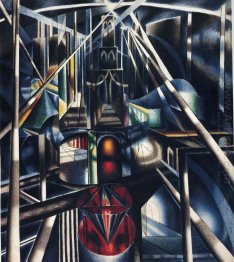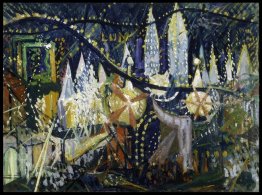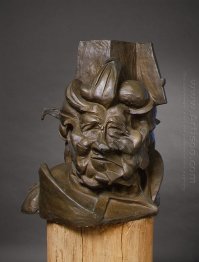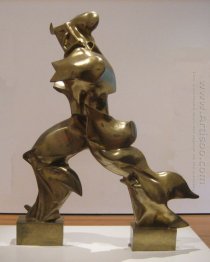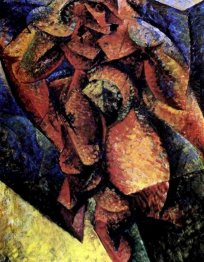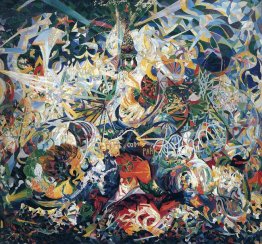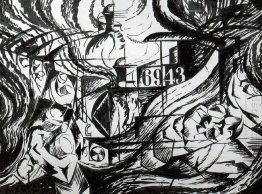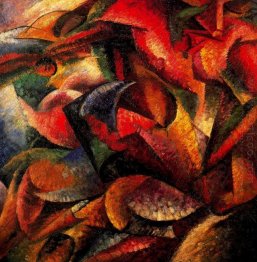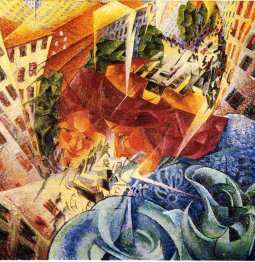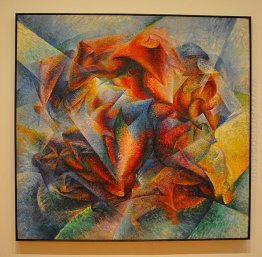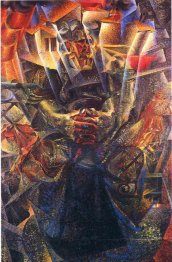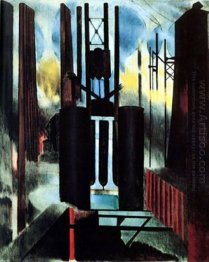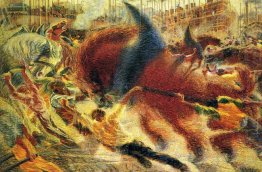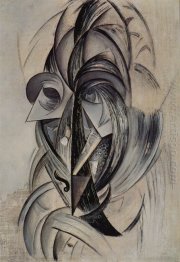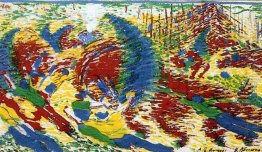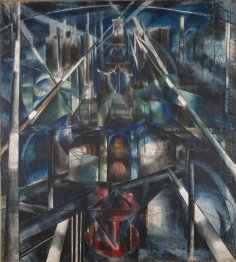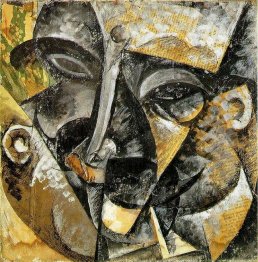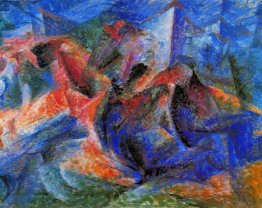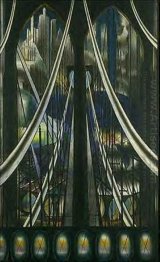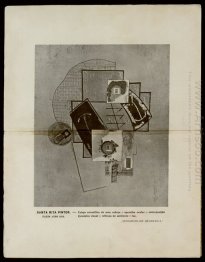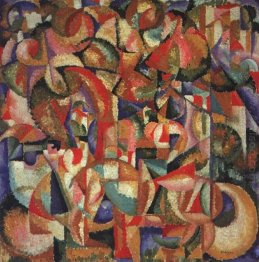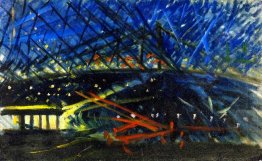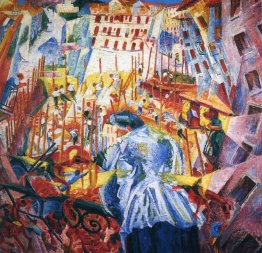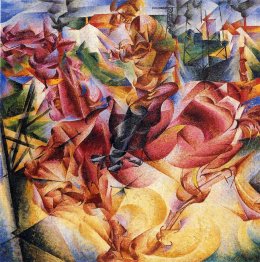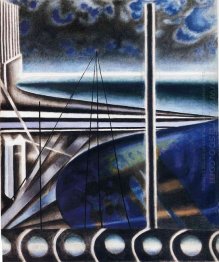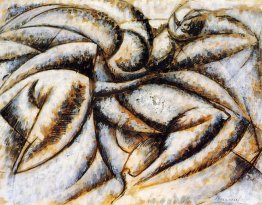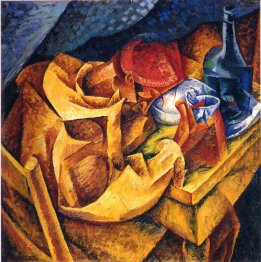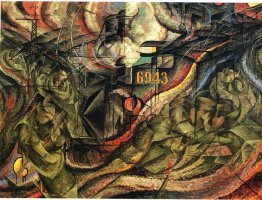Futurism

Unlike many other art movements of the late 19th and early 20th centuries, Futurism did not originate in France, but in Italy. The movement was founded in 1909 by the writer Marinetti, first as a literary philosophy and later attracting visual artists such as Severini, Carra and Boccioni. And just like other art movements, Futurism themes were soon found in other mediums - movies, books interior design and even fashion. Manifestos - or statements outlining the beliefs and values - were written and published on everything from painting to fashion.
Futurism was inspired by the development of Cubism and went beyond its techniques. The Futurist painters made the rhythm of their repetitions of lines. Inspired by some photographic experiments, they were breaking motion into small sequences, and using the wide range of angles within a given time-frame all aimed to incorporate the dimension of time within the picture. Brilliant colors and flowing brush strokes also additionally were creating the illusion of movement. Futurism influenced many other 20th century art movements, including Art Deco, Vorticism, Constructivism and Surrealism.
Futurists mixed activism and artistic research. They organized events that caused scandal. Everything was there to help them to glorify Italy and lead their country into the age of modernity. Certain Futurists vehemently promoted themselves to try to join forces with the Fascists, who were coming to power at the time. But Mussolini showed a preference for the Novecento Italiano, movement of artists who identified with the classical order and Italian heritage.
Although Futurism itself is now regarded as extinct, having died out during the 1920s, powerful echoes of Marinetti"s thought, still remain in modern, popular culture and art. Futurism influenced many other 20th century art movements, including Art Deco, Vorticism, Constructivism and Surrealism.





